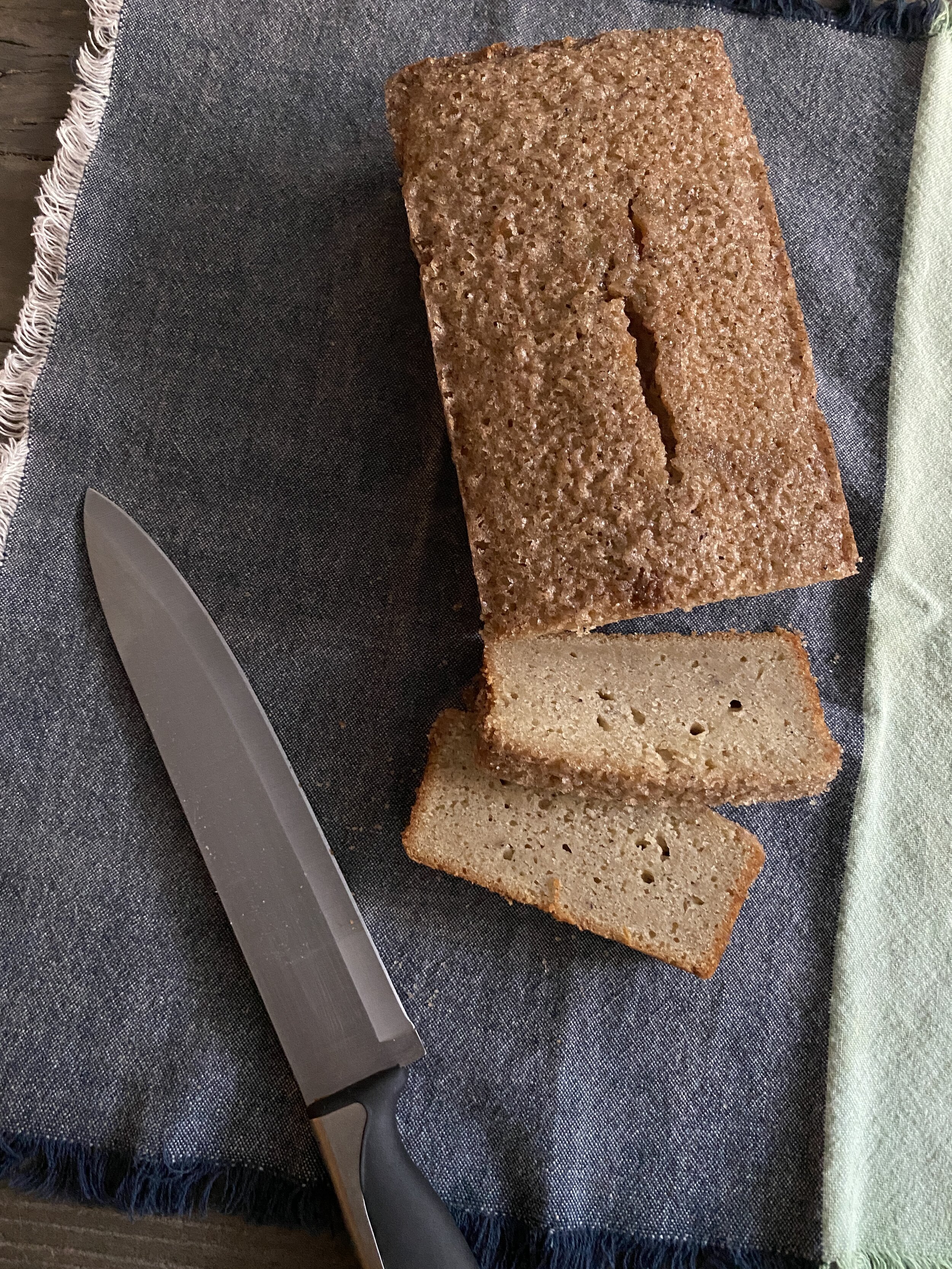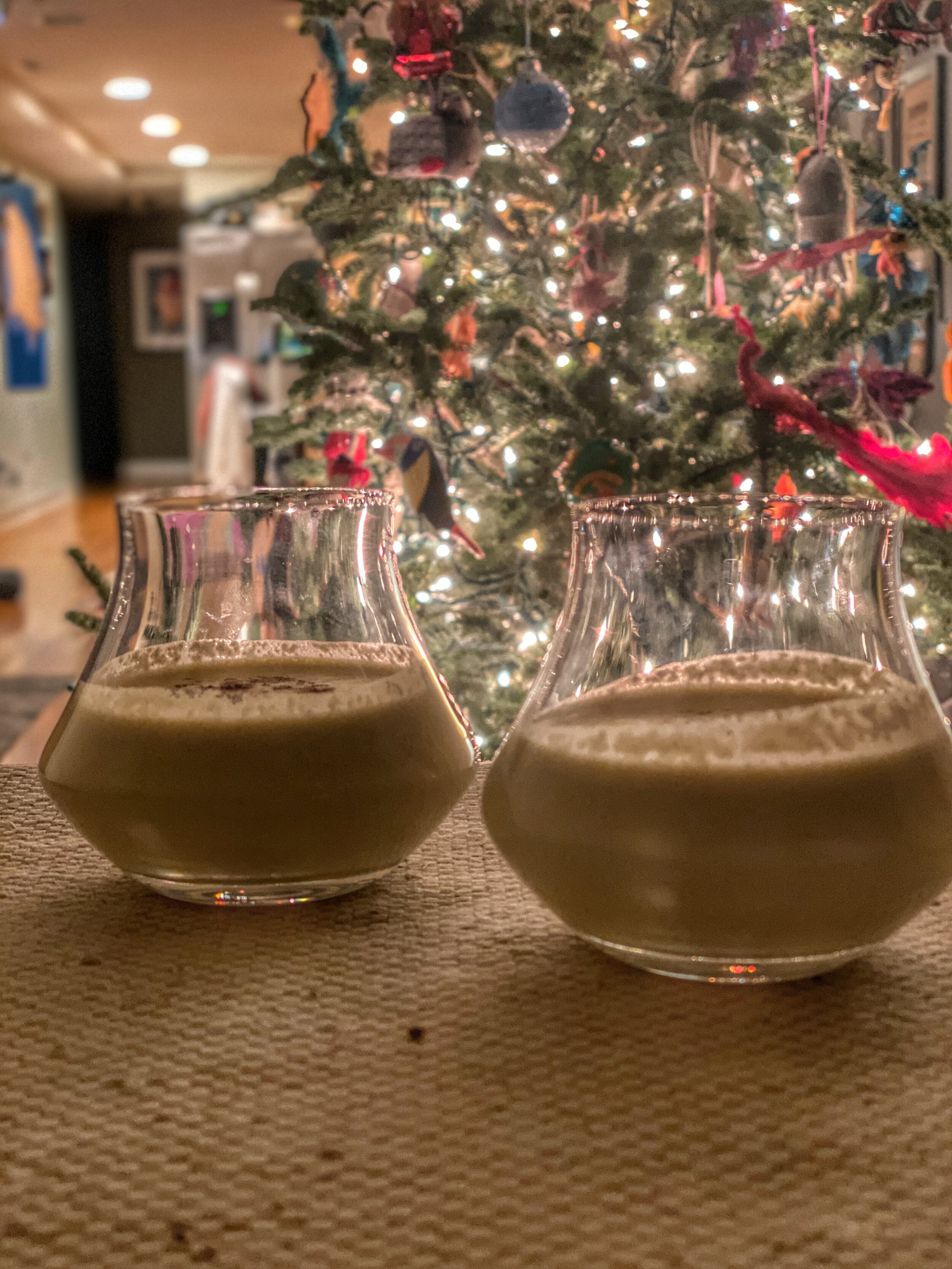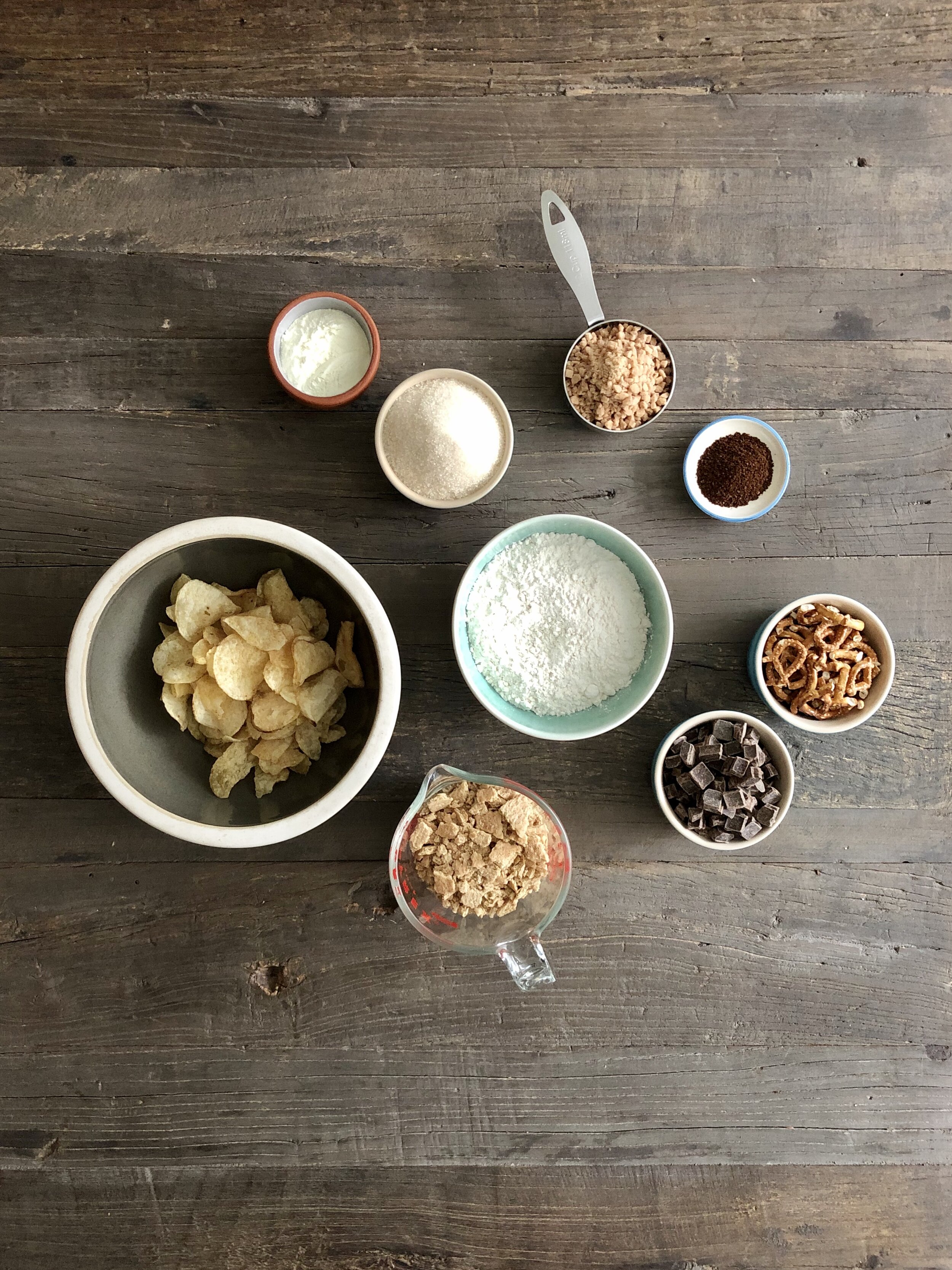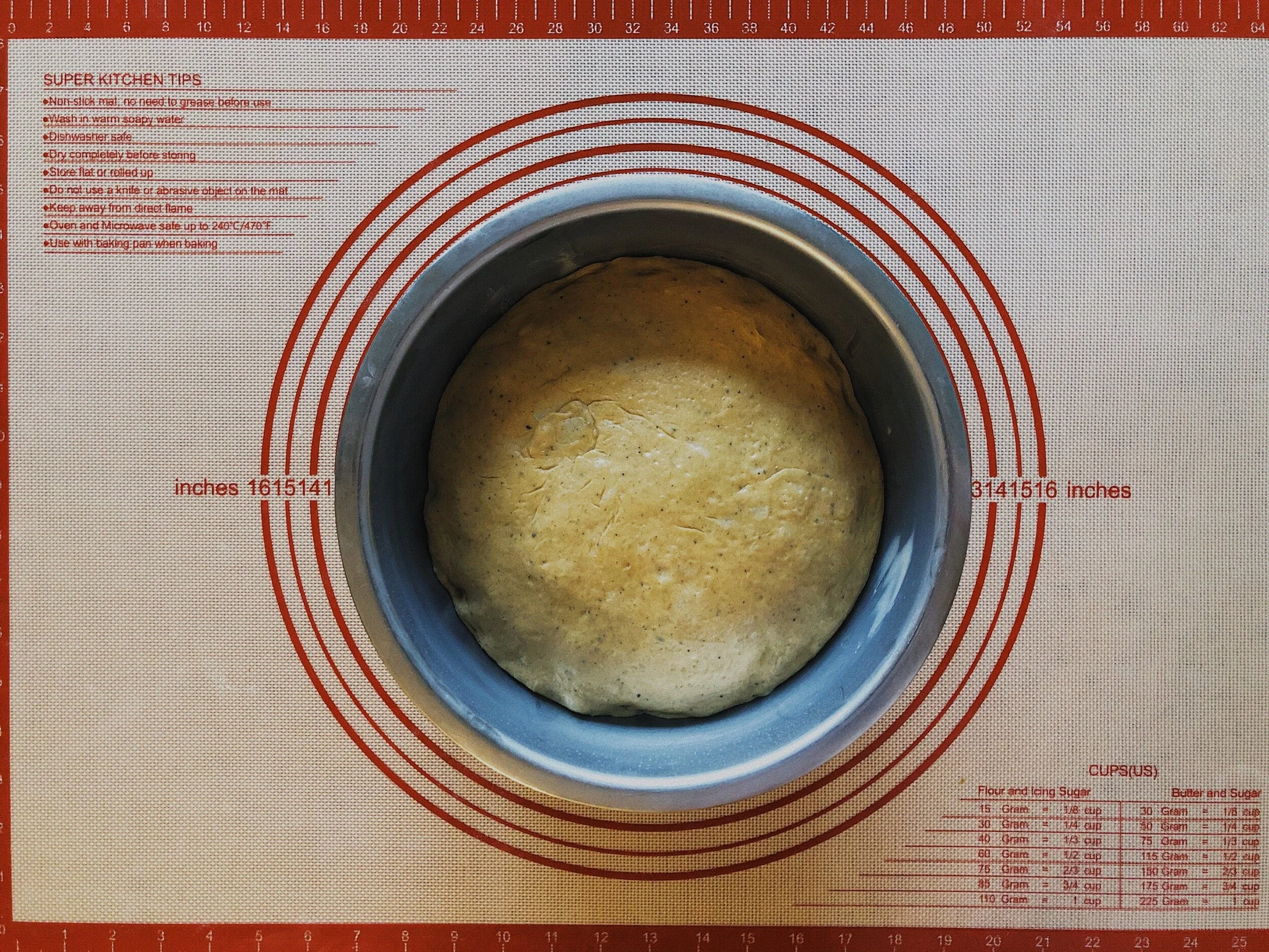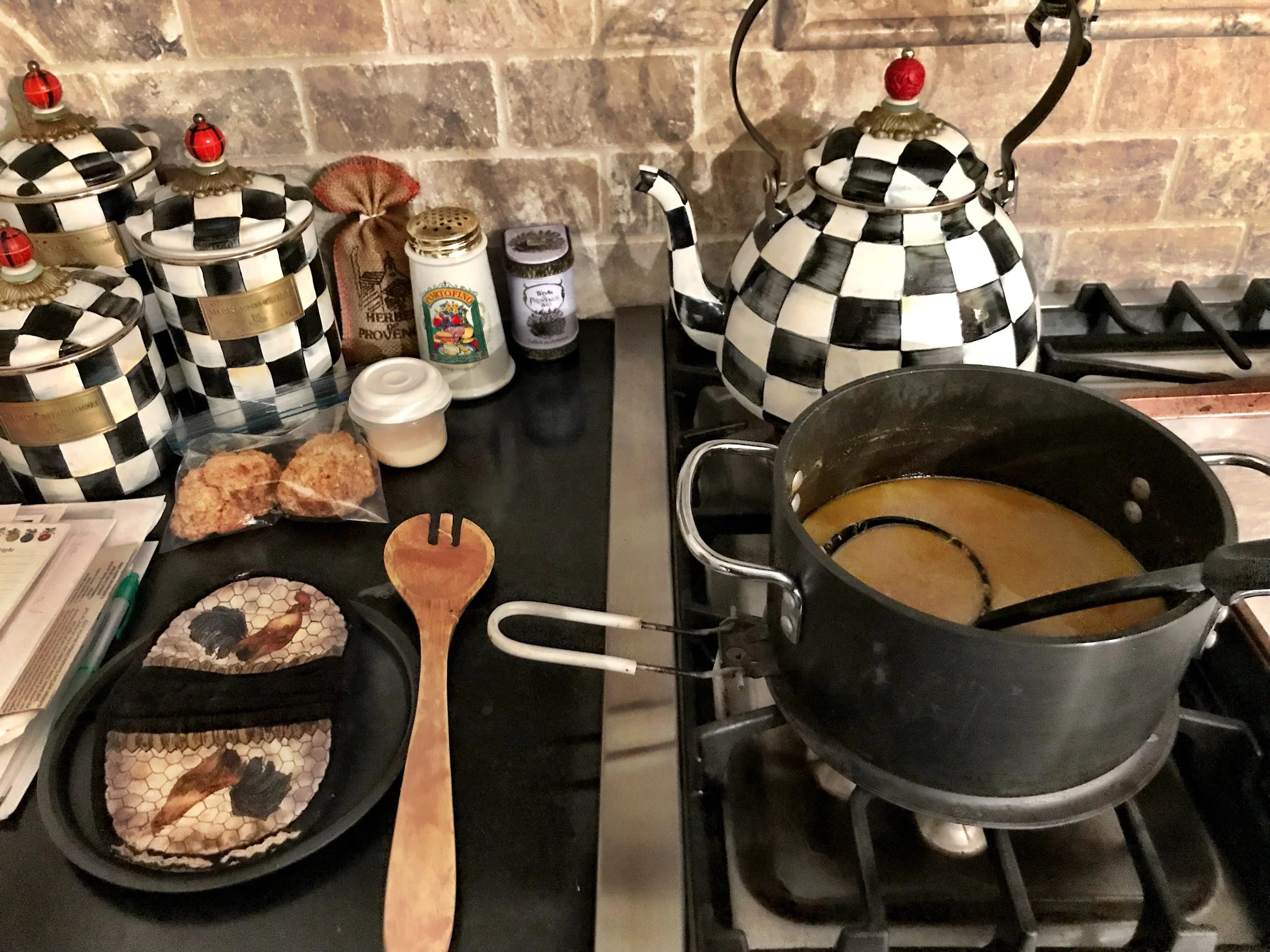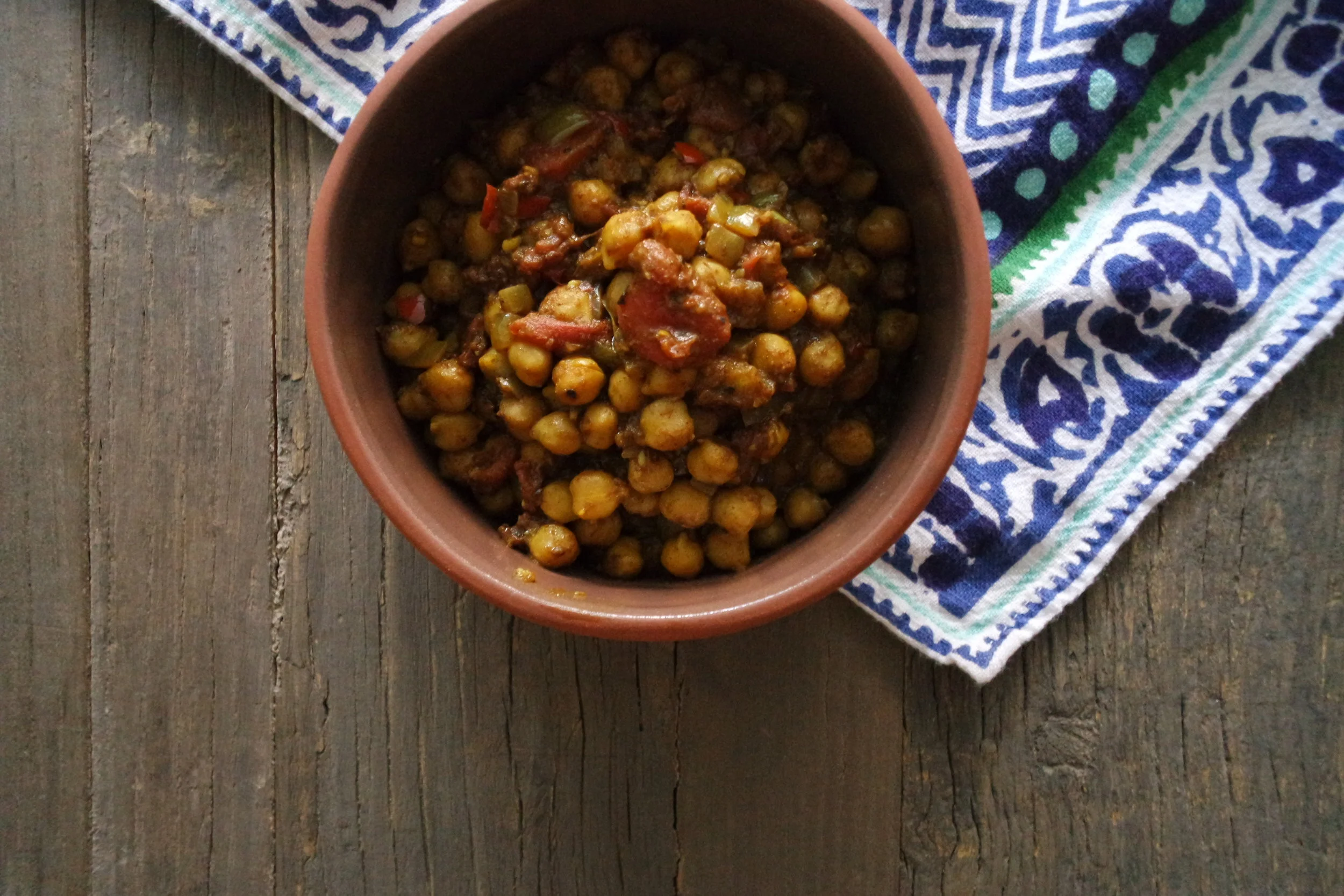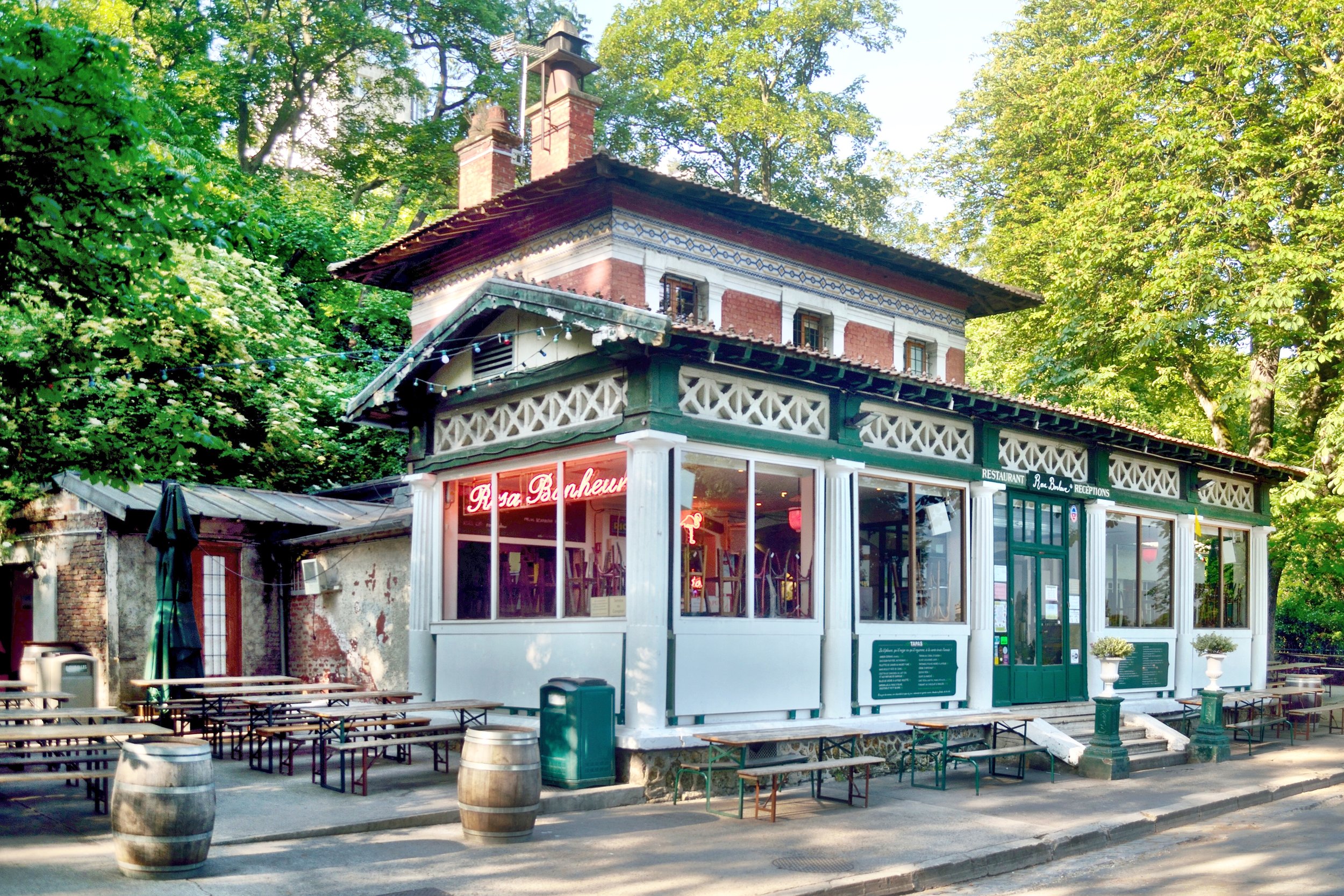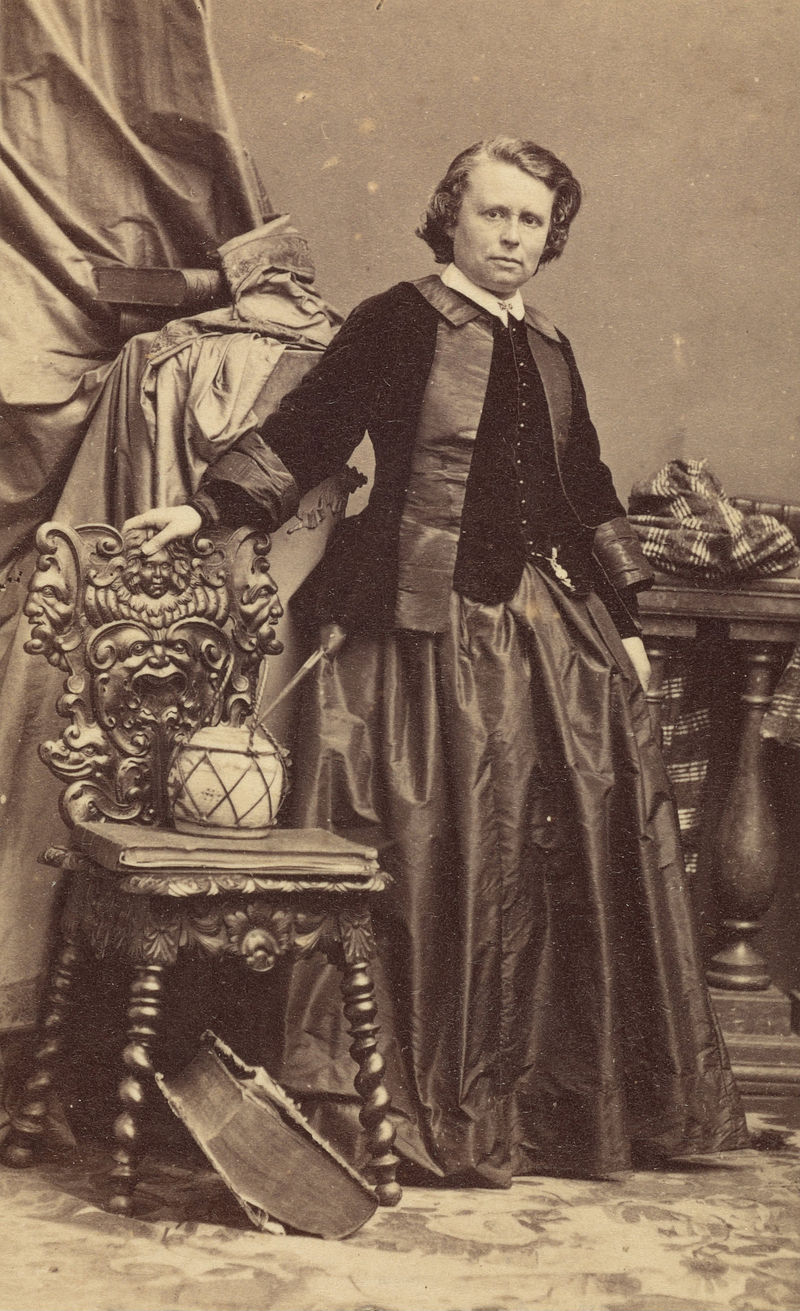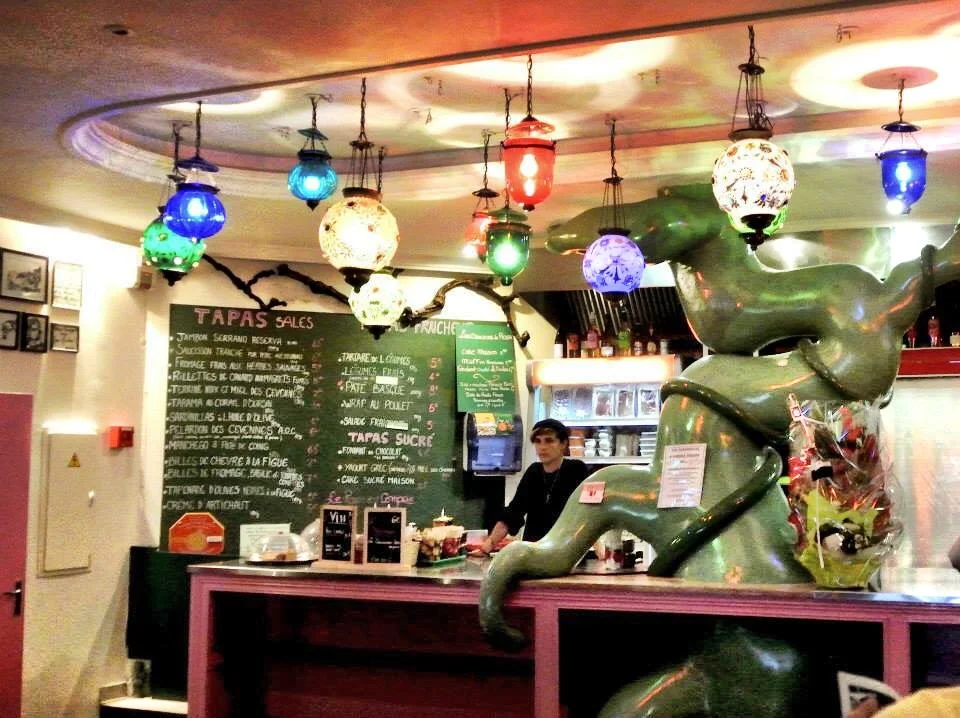Sweet! A favorite fall treat gets a new preparation in this dessert recipe that uses stuff you’ve probably got at home already.
A new fall tradition: whipping up some apple cider donut loaves!
Fall has officially arrived in Chicago. The mild 80-degree days of early October plummeted to the 30s and 40s in the blink of an eye. This delicious baked loaf is the perfect combination of fresh cider cake-style donuts and cinnamon sugar.
I miss our annual autumnal visit to my family in Ellicottville, New York and going through the legit-scary Pumpkinville cornstalk maze. After making it through, Wally and I would always treat ourselves to some fresh-pressed apple cider and cider donuts. You know the kind that are still warm, a little bit cakey and covered with generous amounts of cinnamon sugar?
Duke and Wally goofing around at Pumpkinville, with their creepy friend Chris in the background
Our favorite fall tradition: visiting Pumpkinville in Ellicottville, New York, with its a-maize-ing corn maze
You can imagine how excited I was when I found a recipe on Epicurious for apple cider donut loaf. Three loaves and a bit of experimentation later, I finally figured out the right ratio. This bread has a subtle apple flavor and is totally acceptable to eat for breakfast. You probably have everything you need in your fridge and pantry right now except cider — so what are you waiting for?
Eggs, flour, spices: Check your kitchen — we bet you’ve got most of these ingredients already.
Ingredients
1 large apple, peeled, cored and chopped
1½ cups apple cider
½ cup whole milk
¼ cup sour cream
1 teaspoon vanilla extract
2½ cups all-purpose flour
1½ teaspoons baking powder
½ teaspoon baking soda
1 teaspoon salt
½ teaspoon ground cinnamon
¼ teaspoon ground nutmeg
¼ teaspoon ground allspice
8 tablespoons (1 stick) unsalted butter, room temperature
¾ cup brown sugar
½ cup organic granulated cane sugar
3 large eggs, room temperature
Anything topped with cinnamon sugar is A-OK in our book.
Cinnamon Sugar
1 tablespoon ground cinnamon
⅓ cup granulated sugar
How you like them apples? Some people have said there’s not enough apple taste, so ramp that up if you want.
Preparation
Adjust oven rack to middle position and preheat to 350°F.
Grease and flour a loaf pan. Line the bottom with parchment paper.
For the apples, I used a Honeycrisp, but a Granny Smith would work, too.
Place the chopped apple and cider in a saucepan and bring to a boil.
Lower heat and simmer for 8 minutes until reduced to 1 cup.
Remove from heat and let cool, then pulse in a food processor until puréed. The texture will resemble apple sauce.
In a separate bowl, combine the flour, baking powder, baking soda, salt, nutmeg and allspice. Set aside.
Using a stand mixer, beat the butter, sugar and brown sugar until light and fluffy, about 3 minutes.
Add the eggs, one at a time, beating well after each addition.
Add sour cream and beat until incorporated, about 1 minute.
Decrease mixer speed to low and add the flour mixture in three batches. After the first portion of the flour mixture is added, pour in the apple mixture. Then add the other two batches of the flour mixture, scraping down the sides and bottom of the bowl with rubber spatula as needed. Increase the speed to medium and beat until just combined, about 30 seconds.
Add vanilla and beat once more, just to combine, about 10 seconds.
Pour the batter into the prepared pan.
Bake for 50 to 55 minutes until the tester inserted into the loaf comes out clean.
Leave to cool for about 1 hour.
Generously sprinkle the top of the loaf with cinnamon sugar.
Everyone’s favorite apple cider donuts now come in bread form!
We think this sweet treat works for breakfast or dessert!
The end result is a bit subtle on the apple front, but there’s a nice burst of apple flavor when you first take a bite. We’ve added an apple to the original recipe to increase the concentrated flavor; see if that works for you. If you find something you really like, please let us know in the comments section. –Duke






